Fall weather can be unpredictable. As the leaves turn yellow and the temperature begins to drop, you may start to wonder if you should put on the heat. Worry not! We've found the answer to your queries.
Turning on the heat will be partially determined by personal preference. However, experts suggest turning on the heat when the temperature drops below 64 degrees.
If you live with small children, the elderly, or other vulnerable people, you should turn on the heat at 69.8 °F.
But did you know that there are several things you must check before the heating season begins? We've included a detailed list of these vital duties and some ideas to help you delay turning on the heat. Read on to find out more!
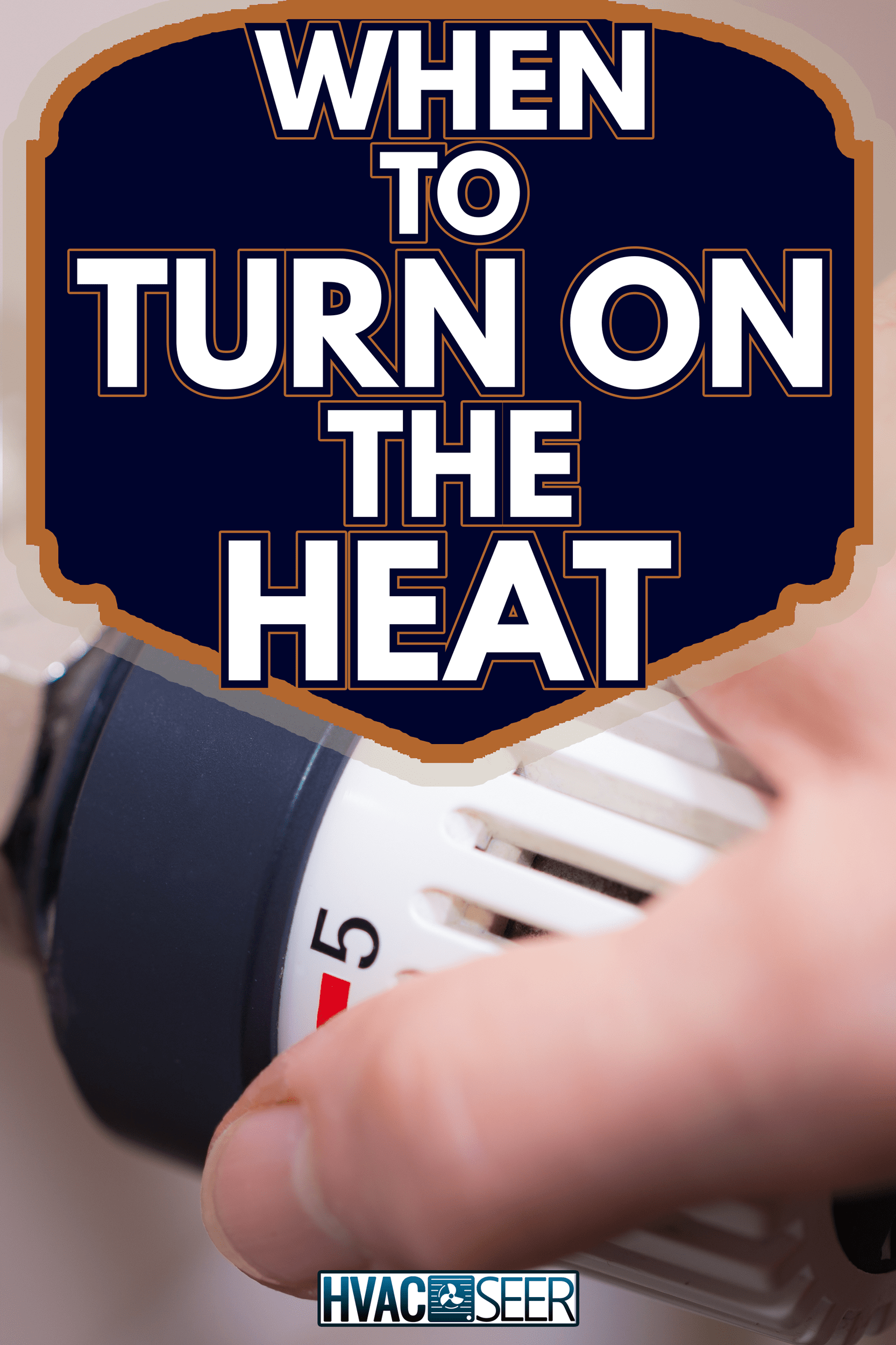
Tips to Consider When to Turn on the Heat
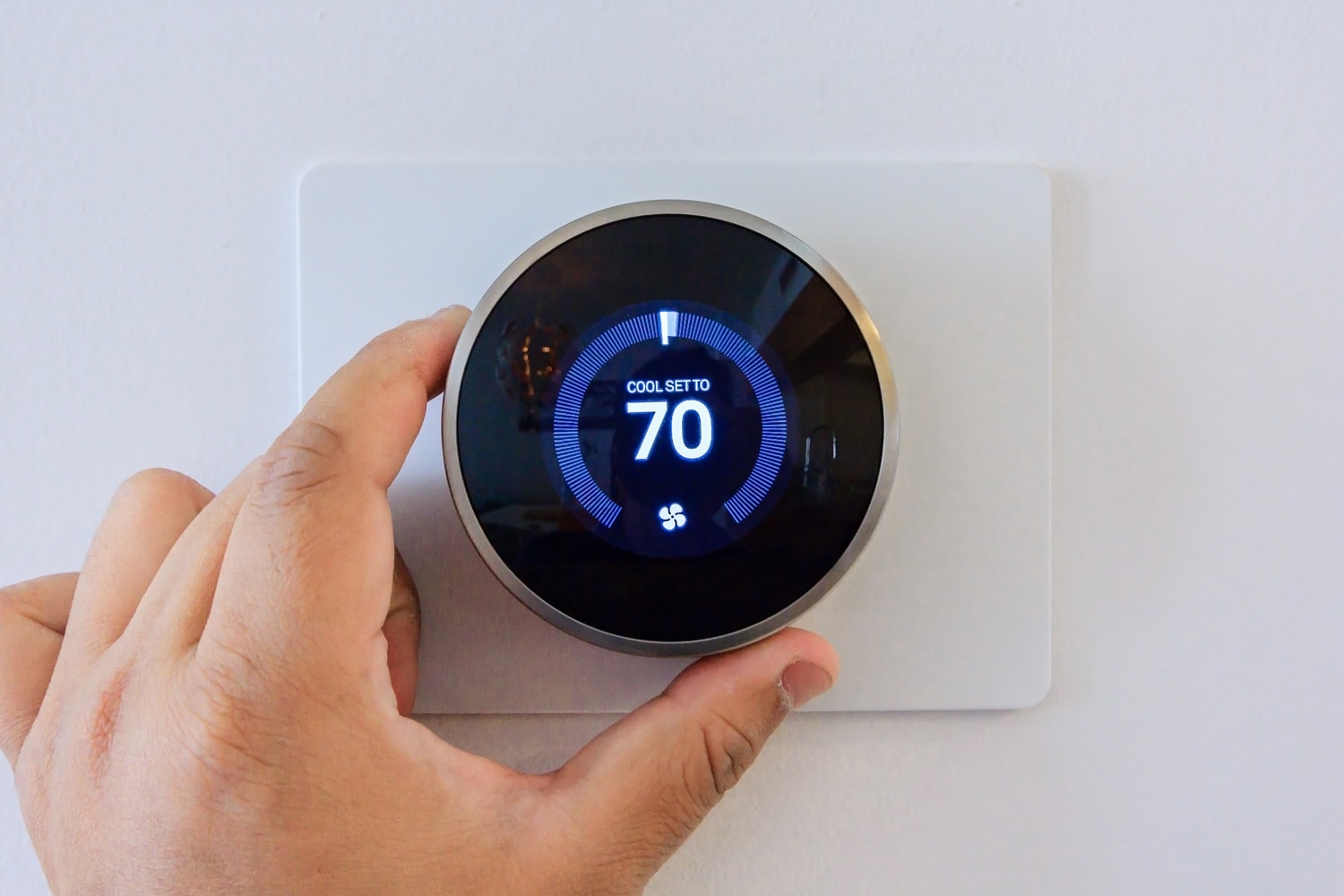
Don't allow the outside temperature to dictate when you should put on the heat. It's challenging in the fall because you're wearing a winter coat one day, and the next, it's nice and sunny.
The temperature inside your home is the essential factor to consider. Experts recommend that you switch on the heat when the temperature inside your house drops below 64 degrees Fahrenheit.
However, when you have children or the elderly, you have to turn on the heat when the indoor temperature drops below 69.8 °F. The same is true when a member of the household becomes ill.
Keep in mind that if your home is well-insulated and has energy-saving doors and windows, you may find yourself turning on the heat much later than your neighbors.
Things to Prepare Before Turning on the Heat

There are a few things you should prepare and do before turning on your HVAC system to ensure that it runs properly when the mercury starts to drop.
Preparing for Annual Tune-Up
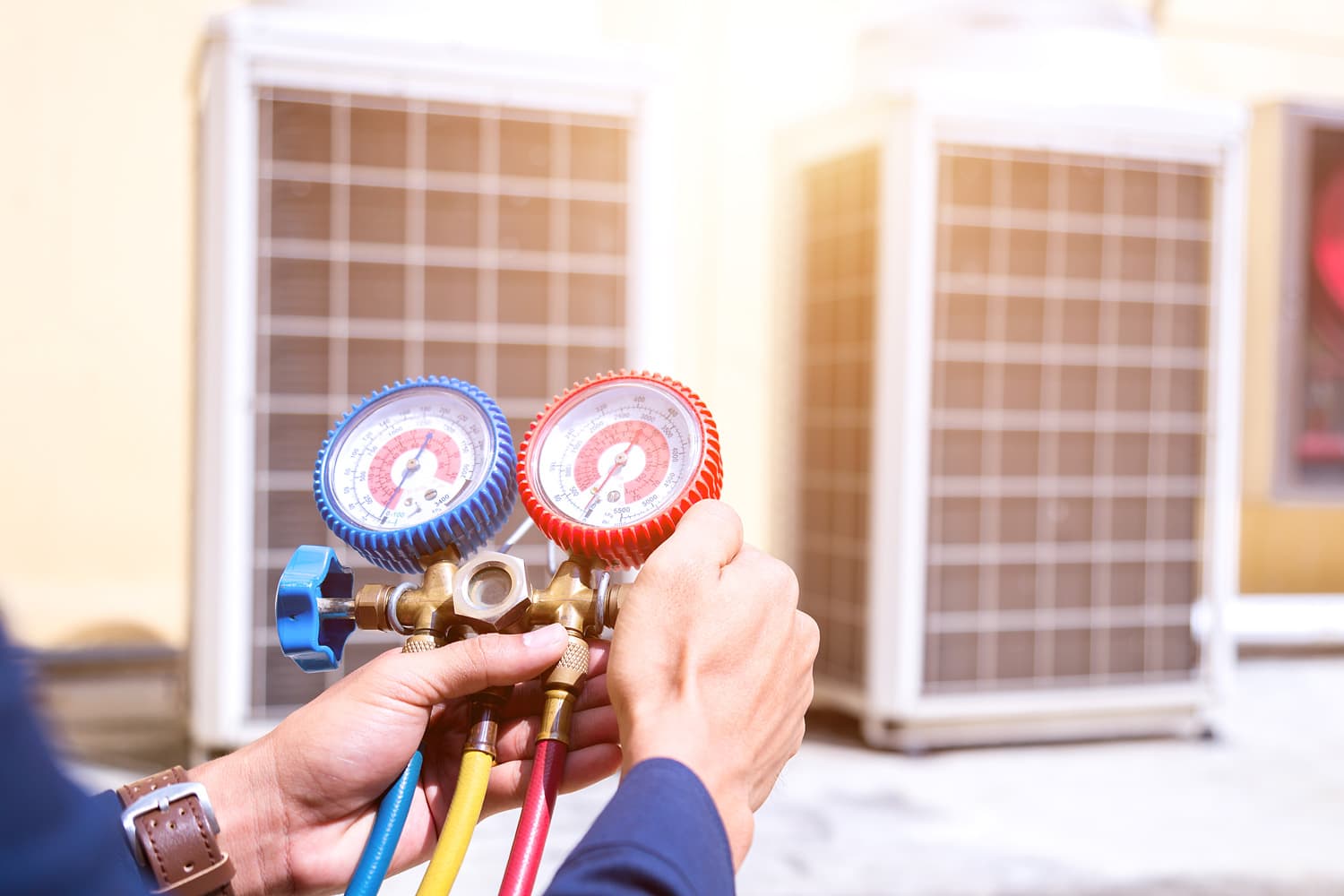
It's best to have a professional inspect your HVAC system once a year. Most people have this tune-up at the beginning of fall, just before they'll start needing to run their heat more frequently. However, you can schedule an annual tune-up whenever you choose.
A tune-up is essential because maintenance ensures that your system will function adequately and detects any potential problems that are still relatively inexpensive and simple to resolve. A small, cheap problem can grow into a big, expensive problem if not caught early.
Cleaning the Ducts
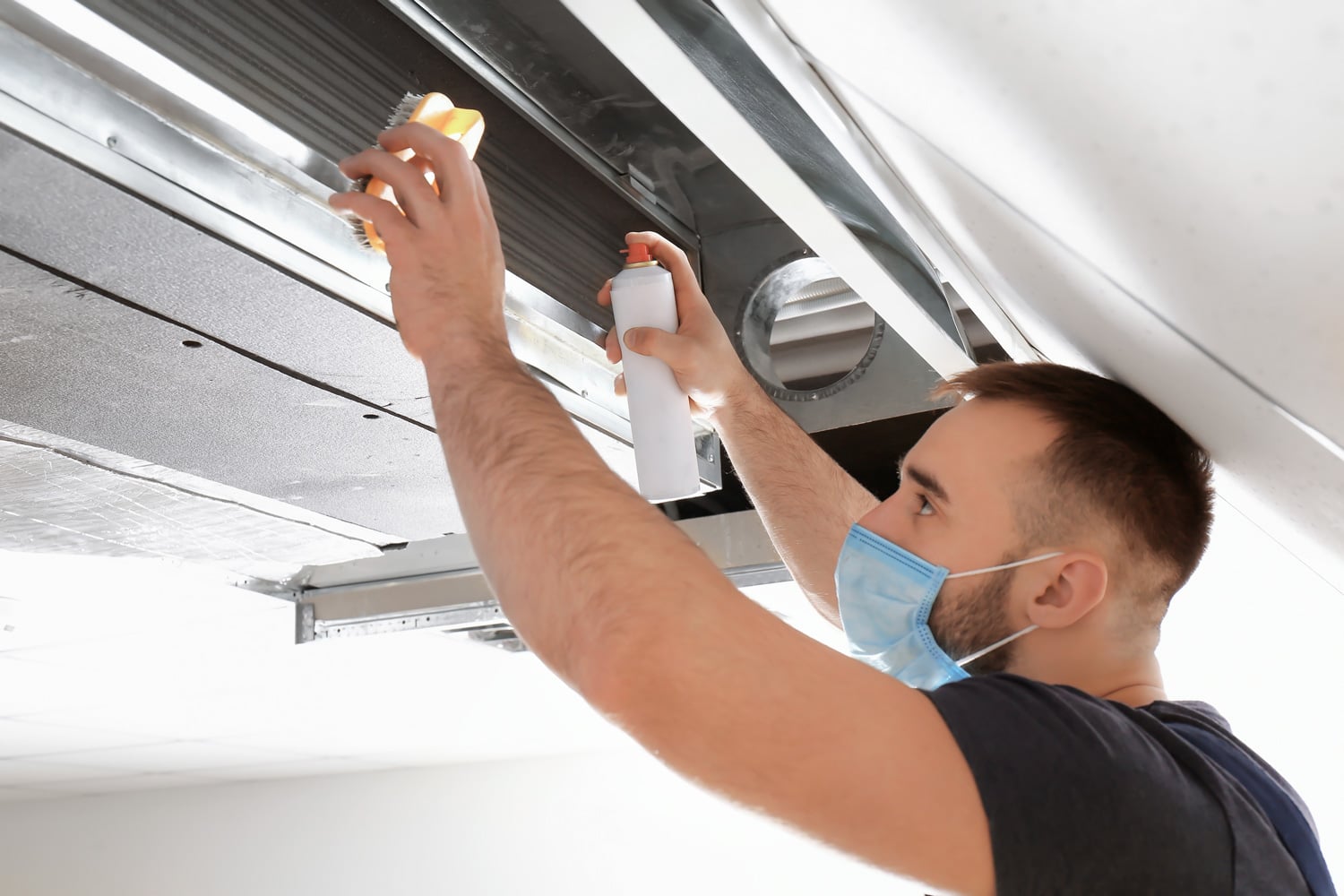
At least once a year, check your ducts for mold, debris, or any other build-up in the ducts. If you find any problems, clean them up right away. If everything is in order, you don't need to do any cleanup.
You should also check the vents for any leaves, nests, or rodents. You must also remove such things from exhaust and intake vents. Furthermore, remember that clean ducts contribute to good indoor air quality.
Changing Filters
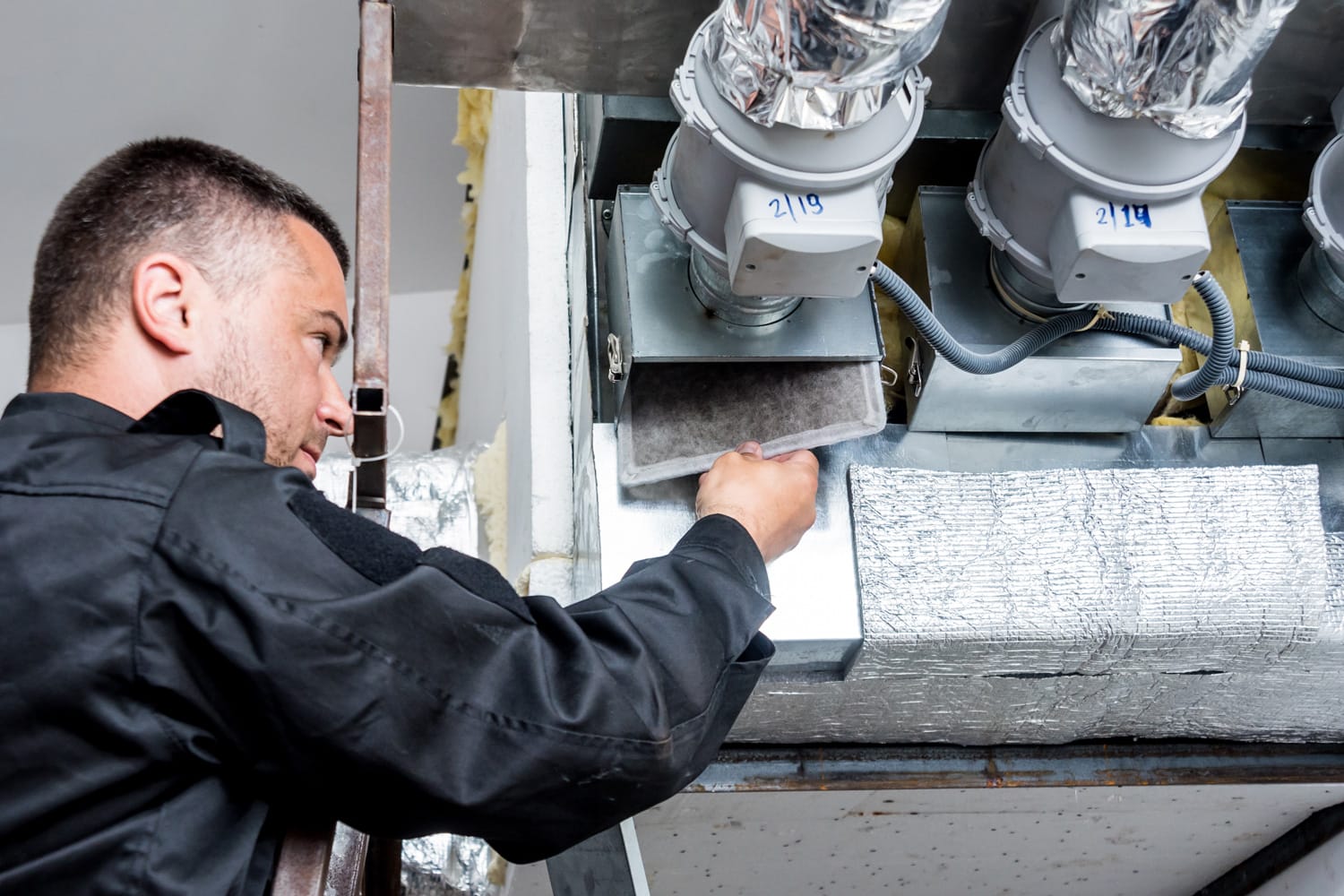
It's best to change the filters on a regular basis (at least every three months). If you suffer from allergies, the filter should be changed more often - up to once a month.
Don't forget to change your filter at the start of the heating season too!
Testing Your Thermostat
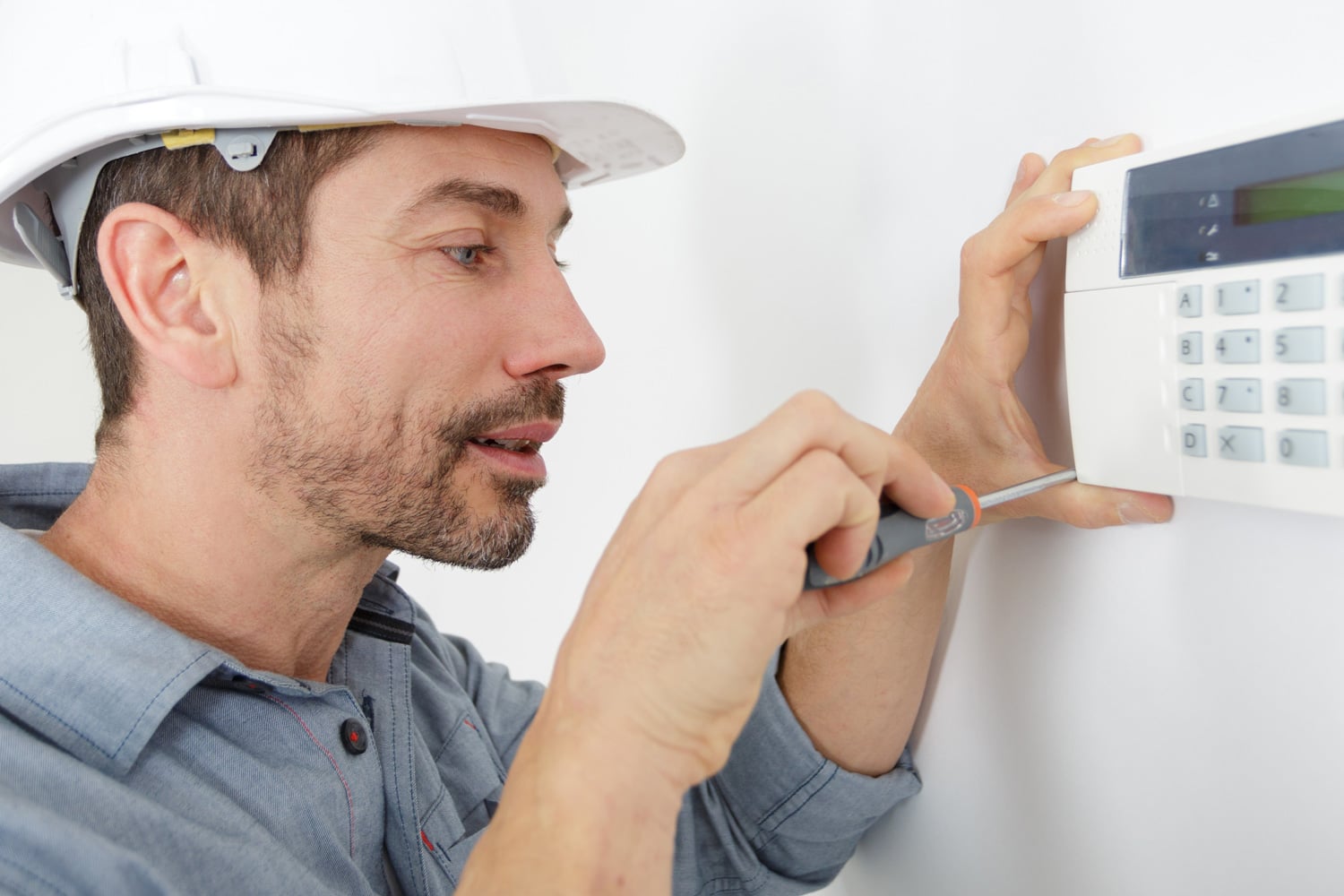
A few weeks before you think you'll need it, test your thermostat to make sure it's in working order. Turn it up high enough to start the furnace to test it.
If the furnace doesn't start, replace the batteries in your thermostat.
Sealing any gaps between doors or windows
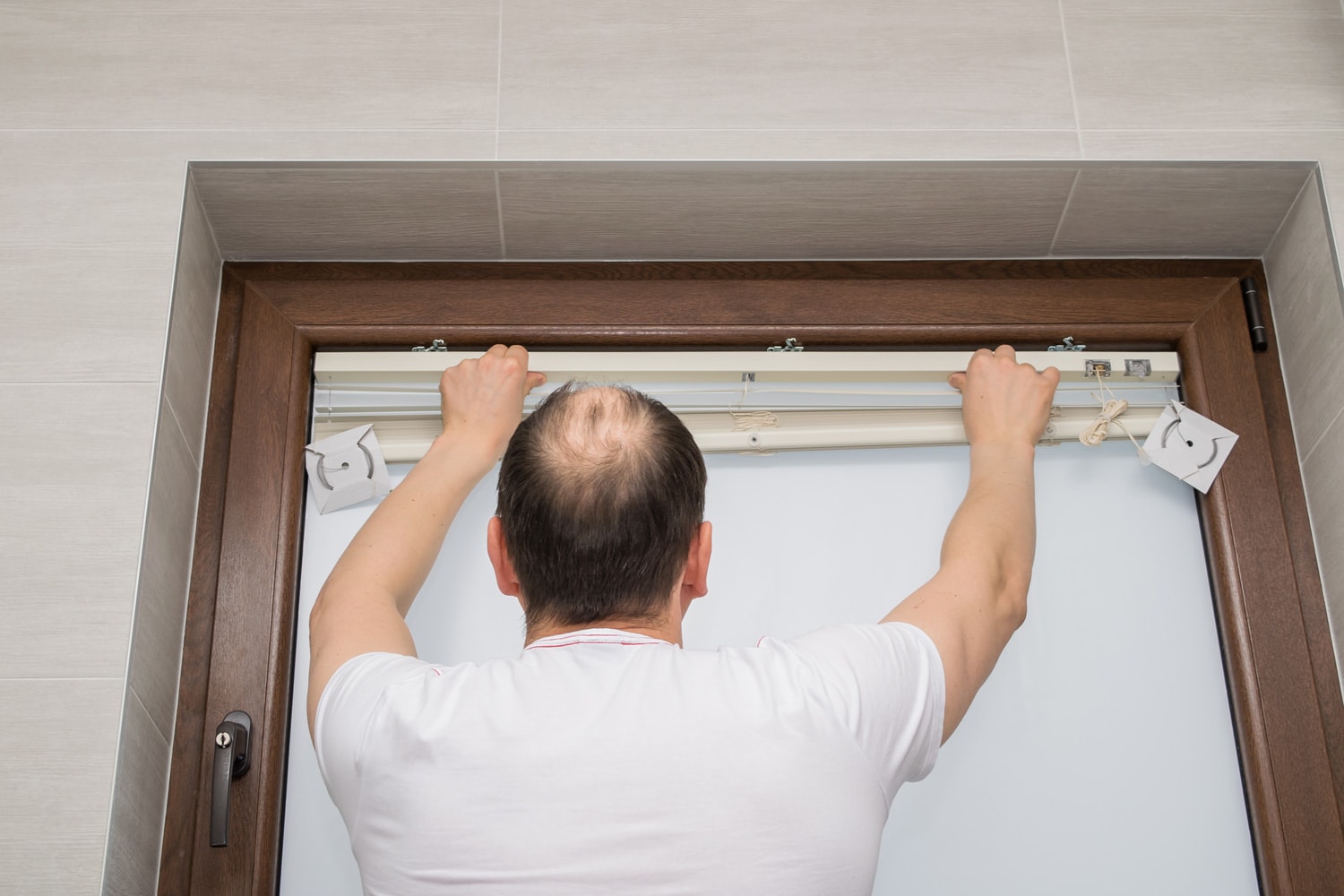
If you have a lot of gaps, cracks, or holes in your house, your furnace will have to work overtime to keep the rooms warm - which translates to higher energy bills.
As a result, addressing any gaps ahead of time will save you time and money throughout the heating season.
Increasing Humidity Level
The humidity levels will reduce when the weather becomes cooler. Dry air can harm your home (walls, hardwood floors, and window frames), as well as cause static electricity to build up.
In order to stop this from occurring, it's good to purchase high-quality humidifiers for your home before the cold season starts.
Check Your Carbon Monoxide Detector
This suggestion is for those who heat their homes with natural gas. A carbon monoxide alarm will ensure that there is no gas leak, and if one does occur, the alarm will alert you to the risk.
The start of the heating season is the ideal time to replace the batteries in this critical equipment.
Look for Cracks or Leaks in the Ductwork
While the air is still moving through the system, a leaking duct loses a lot of heat. According to Energy Star, approximately 20-30% of the air moving through the system is lost.
To avoid this, inspect all ducts for cracks, paying special attention to the points where they connect.
How to Delay Turning On the Heat?
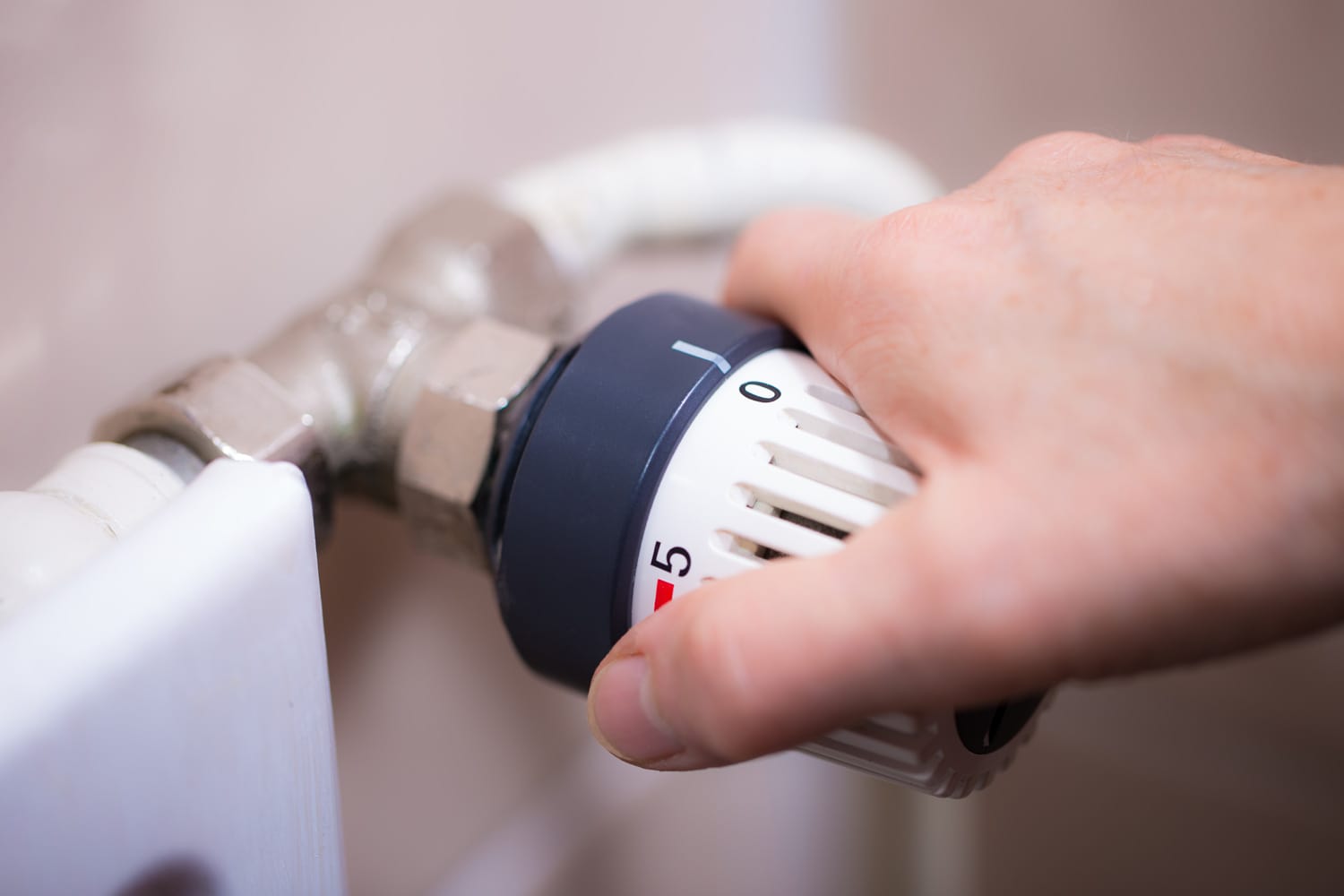
Whether you heat your home with electricity or natural gas, running the furnace adds to your monthly budget and has adverse effects on the environment.
For this reason, many people seek ways to delay turning on the heat as long as possible. Instead of just suffering through the cold, you'll be better off if you find ways to increase your home's insulation or use cheaper means for heating your home.
Here are some tips to help you keep your home warmer longer so you can put off turning on your furnace.
Sealing the Gaps in Your Windows and Doors
You can also cover your windows with plastic film or bubble wrap or (if you have the funds) install storm windows, which effectively enhance insulation. More so, you can install new sweeps on the doors.
Covering the Fireplace
Cover the fireplace while not in use to prevent heat from escaping through the chimney. You may aid yourself with a magnetic vent cover, a draft stopper, and small doors.
Investing in Portable Heating Unit
Constantly using space heaters or attempting to keep the entire house warm with only portable heaters is inefficient and costly.
On the other hand, this equipment functions nicely as a temporary heating solution, mainly if you only spend most of your time in one room.
What month Should I turn the furnace on?
Most homeowners should switch on their furnace when the temperature drops below 64 degrees Fahrenheit, which is usually at the end of September or early October in most parts of the continental US.
Some homeowners try to save money by delaying turning on their furnace as long as possible, which is fine if you're a healthy adult.
However, if the temperature drops below 50° Fahrenheit, you must switch on your furnace because your pipes tend to freeze and rupture at that temperature range.
Is it better to sleep in a cold or warm room?
For optimal sleep, your room should be around 60 and 67°F (15.6 and 19.4°C). Infants should be able to sleep in these temperatures if they are dressed appropriately.
You can raise the temperature a few degrees for infants, but don't let them become too hot.
What is a Good Heating Schedule?
Set the heating system to turn on half an hour before you arrive home or wake up and to turn off at least half an hour before you no longer require it.
This is because it takes an average home 30 minutes to heat up and 30 minutes to cool when the heating is turned on.
Assume you get up at 7.30 a.m., go to work at 8.30 a.m., and return home at 6 p.m. Setting the heating to turn on at 7:00 a.m., off at 8:00 a.m., and back on at 5.30 p.m. makes logical.
Set the heating to switch off half an hour before going to bed in the evenings. Your programmer could also be able to specify separate on/off times on weekends.
Should I Leave My Heating On Low All the Time?
This is a contentious issue. The concept that it is cheaper to leave the heating on low all day is a misconception.
They're clear that turning on the heat only when you need it is the greatest way to conserve energy and money in the long term. A timer is excellent since your thermostat turns on and off your heating to maintain the temperature you specify.
It is worth remembering that the overall quantity of energy necessary to heat your home is what matters.
Wrap Up
One of the most difficult dilemmas to make in the fall is putting on the heat now or waiting a few weeks.
We hope that this article will help you in making your decision in the future! In any case, don't forget to check off everything on the above list before the heating season begins.
Make sure to check these links below for more informative articles!
Crane Humidifier Not Working - What's Wrong?
Is Styrofoam Insulation Waterproof?
